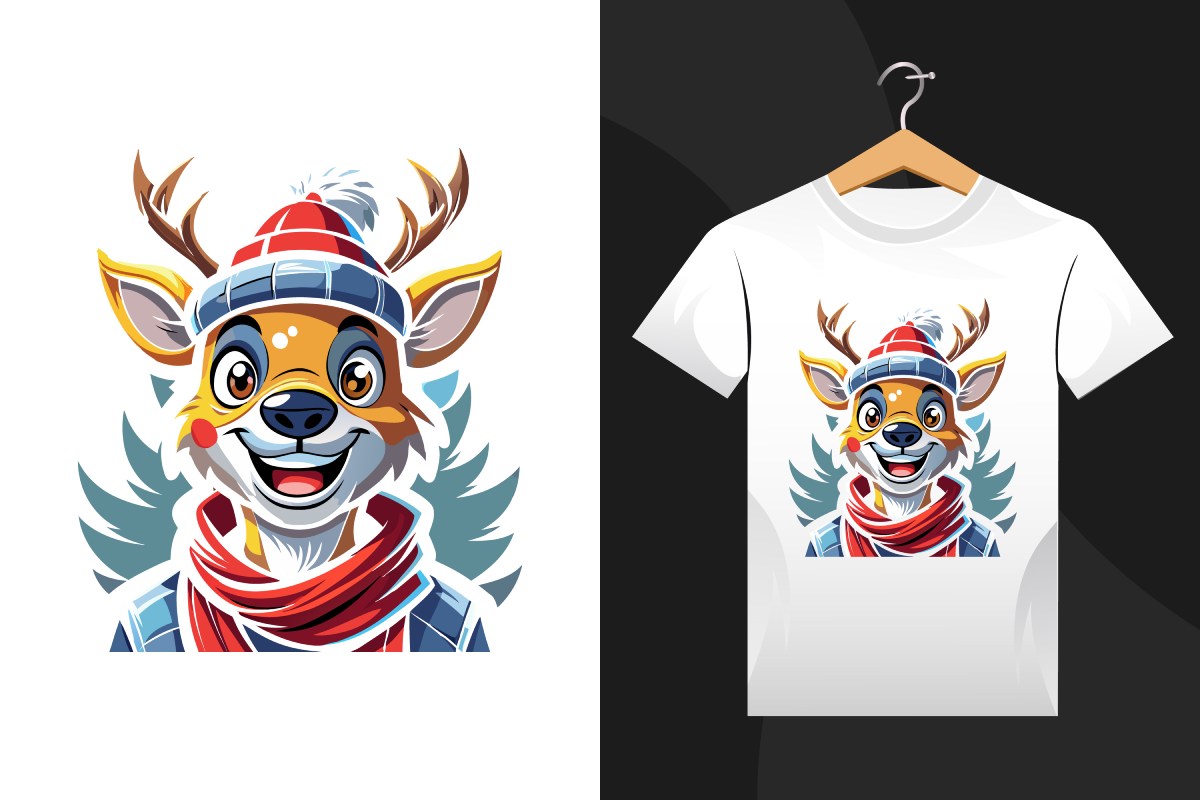
DTF Transfer Process: A Beginner’s Guide
Introduction to DTF Transfer
DTF Transfer, or Direct to Film Transfer, is a modern printing technique that has revolutionized the custom printing industry. Known for its versatility, cost-effectiveness, and high-quality results, DTF Transfer is an excellent choice for beginners and professionals alike. This guide will walk you through the DTF Transfer process, step by step, to help you get started with this innovative technology.
What is DTF Transfer?
DTF Transfer is a printing method where designs are printed onto a special PET film using specialized inks. The design is then coated with adhesive powder and transferred onto fabric using a heat press. This process allows for vibrant, durable prints on a wide range of fabrics, including cotton, polyester, and blends. Unlike traditional methods, DTF Transfer is beginner-friendly and requires minimal setup.
Step 1: Create or Source Your Design
The first step in the DTF Transfer process is creating or sourcing your design. You can use graphic design software like Adobe Illustrator or Photoshop to create your own designs. Alternatively, you can purchase designs from online marketplaces or hire a designer. Ensure your design is high-resolution and optimized for DTF Transfer to achieve the best results.
Step 2: Print the Design onto PET Film
Once your design is ready, it’s time to print it onto a PET film using a DTF printer. Make sure to use specialized DTF inks that are compatible with your printer. The printer will apply the ink onto the film, creating a mirror image of your design. This step is crucial for ensuring vibrant colors and sharp details in the final print.
Step 3: Apply Adhesive Powder
After printing, the next step is to apply adhesive powder to the design. The powder ensures that the design adheres firmly to the fabric during the transfer process. Spread the powder evenly over the printed design and shake off any excess. Then, cure the film using a heat source to activate the adhesive. This step is essential for achieving a durable, long-lasting print.
Step 4: Transfer the Design onto Fabric
Now that your design is ready, it’s time to transfer it onto the fabric. Place the cured film onto the fabric and use a heat press to transfer the design. Set the heat press to the recommended temperature and pressure for the specific fabric you’re using. Press the design for the required time, then carefully peel off the film. The result should be a vibrant, durable print that’s ready for use or sale.
Step 5: Test and Refine Your Process
As with any new skill, practice is key to mastering DTF Transfer. Start with small projects to test your setup and refine your techniques. Pay attention to details like color accuracy, adhesive application, and transfer quality. Over time, you’ll develop a streamlined process that delivers consistent, high-quality results.
Advantages of DTF Transfer
One of the main advantages of DTF Transfer is its versatility. This method works well on a variety of fabrics, including cotton, polyester, and blends. It also allows for full-color designs with intricate details, making it ideal for custom apparel and promotional items. Additionally, DTF Transfer is cost-effective and suitable for both small and large orders.
Conclusion
The DTF Transfer process is a beginner-friendly, efficient, and cost-effective way to create high-quality, durable prints. By following these steps, you can master the basics of DTF Transfer and start producing stunning, personalized products. Whether you’re looking to expand your business or explore a new creative outlet, DTF Transfer offers endless possibilities.
FAQ
- What is DTF Transfer?
- DTF Transfer is a printing method where designs are printed onto a special film and then transferred onto fabric using heat and pressure.
- What materials are needed for DTF Transfer?
- You will need a DTF printer, specialized inks, PET films, adhesive powder, and a heat press.
- Can DTF Transfer be used on dark fabrics?
- Yes, DTF Transfer works well on both dark and light fabrics.
- Is DTF Transfer suitable for beginners?
- Yes, DTF Transfer is beginner-friendly with the right guidance and practice.
- How durable are DTF Transfer prints?
- DTF Transfer prints are highly durable and resistant to washing, stretching, and fading.
- What fabrics work best with DTF Transfer?
- DTF Transfer works well on cotton, polyester, and blends, making it highly versatile.
- Is DTF Transfer eco-friendly?
- Yes, DTF Transfer uses water-based inks, making it an eco-friendly option.
- Can I print complex designs with DTF Transfer?
- Yes, DTF Transfer excels at producing intricate and detailed designs.
- What are the common challenges in DTF Transfer?
- Common challenges include proper adhesive application and achieving consistent heat press settings.
- How does DTF Transfer compare to screen printing?
- DTF Transfer allows for full-color designs in a single step, while screen printing requires separate screens for each color.